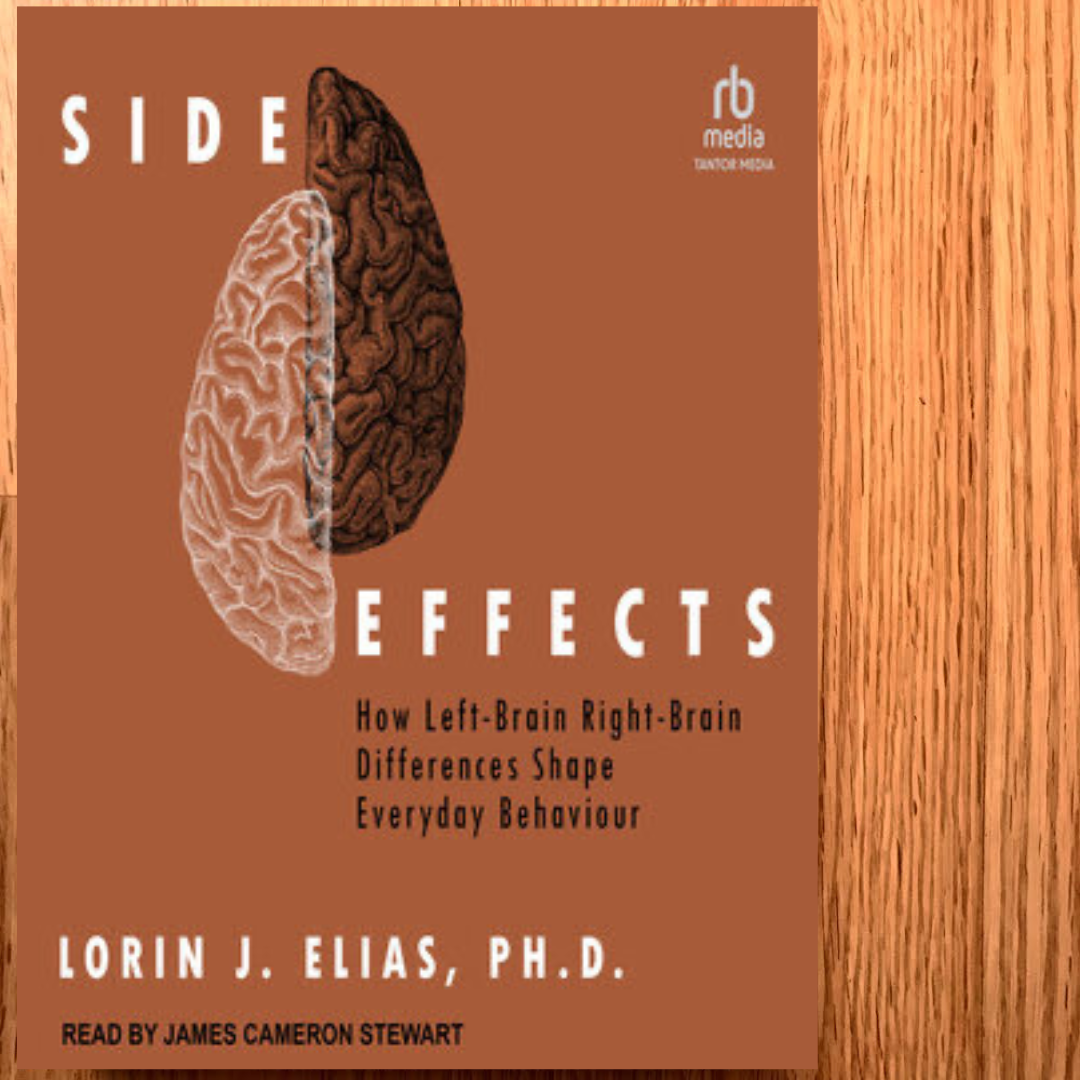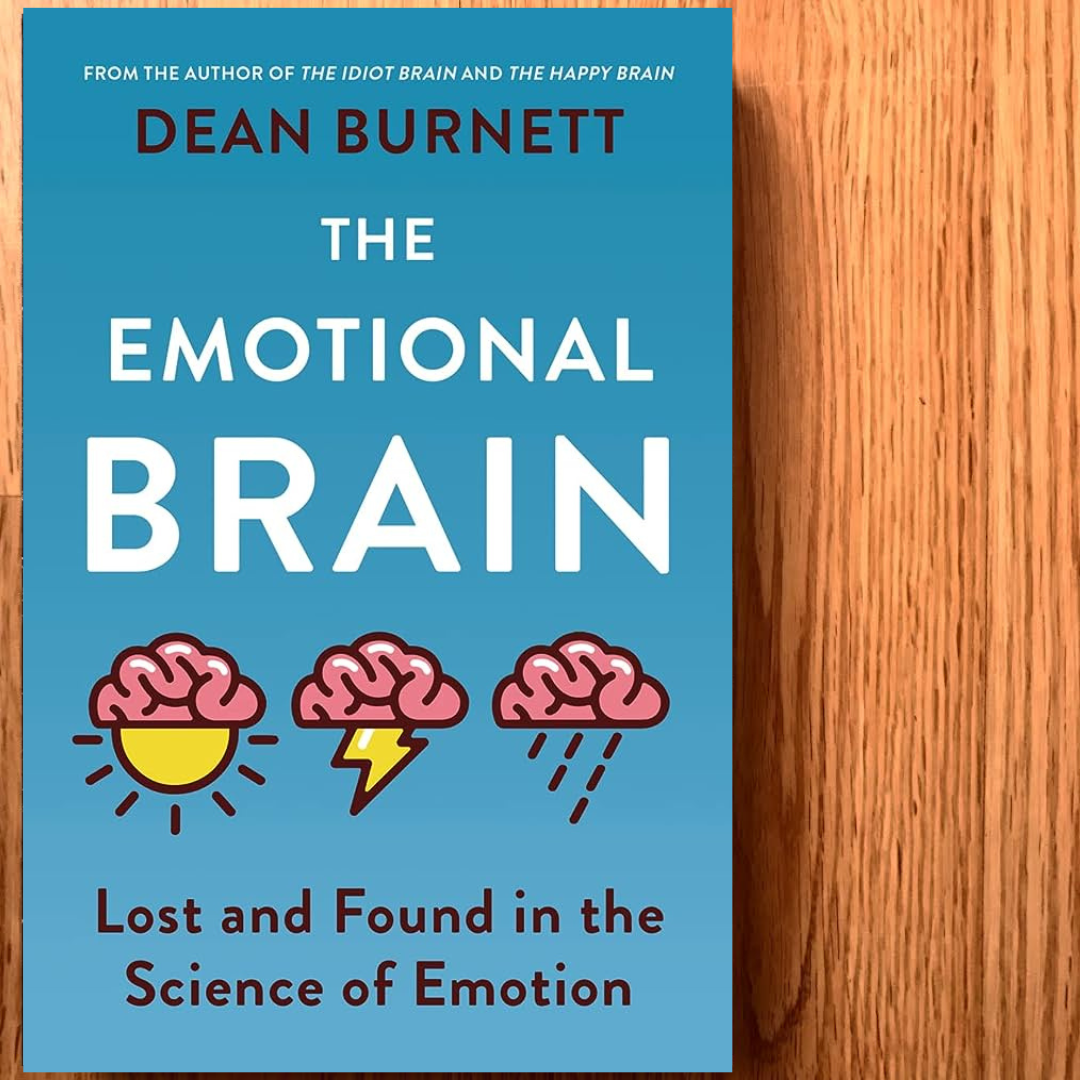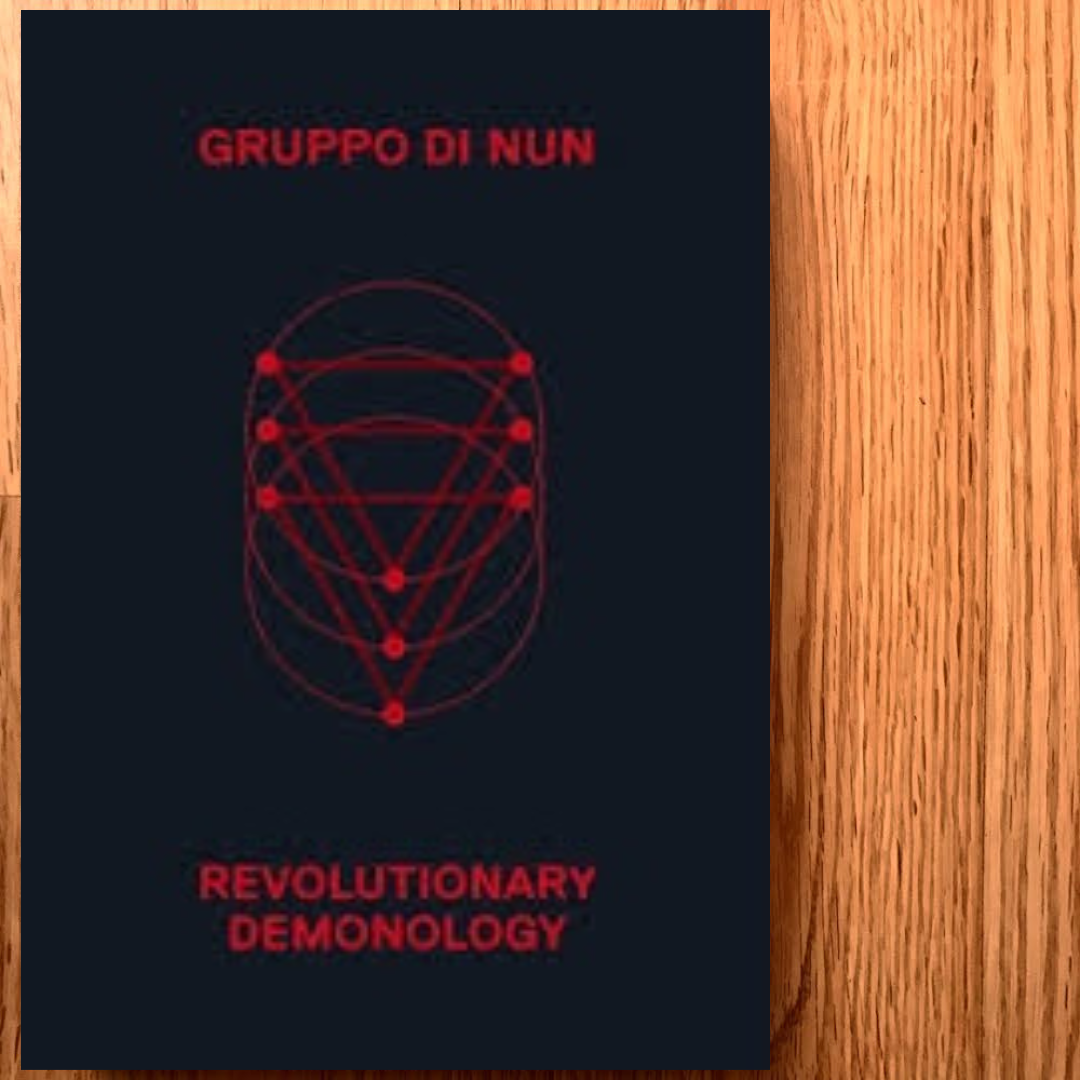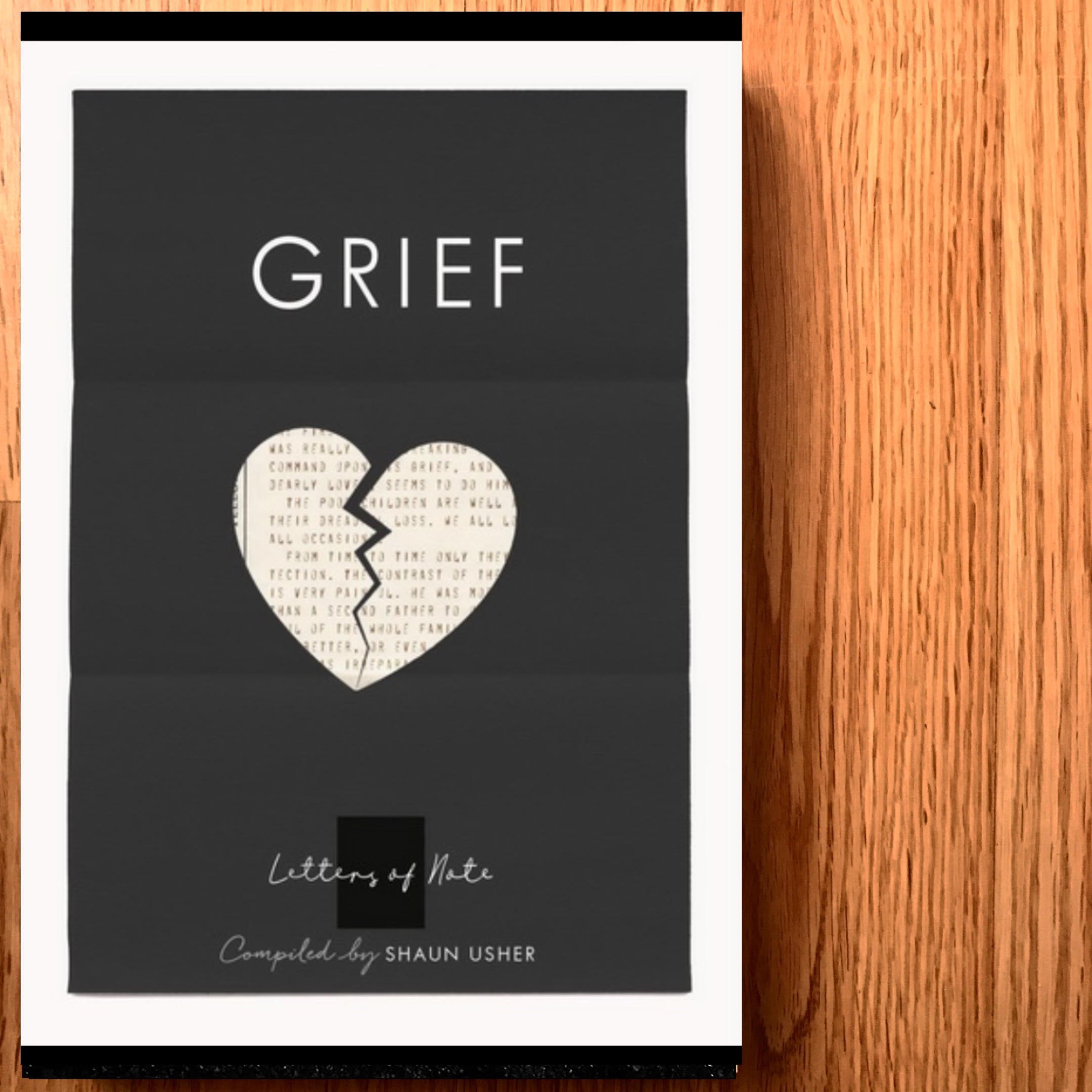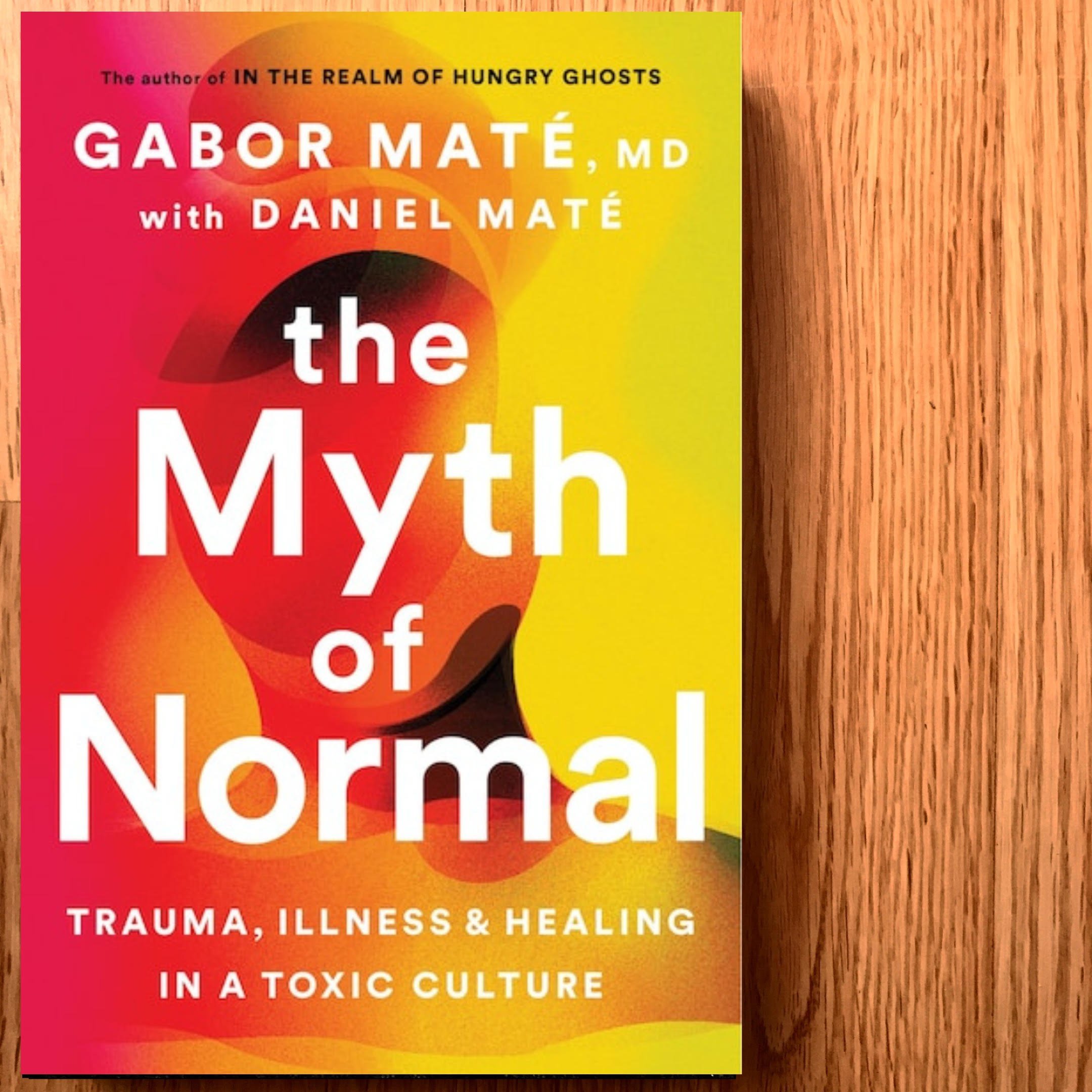By Caprice Hogg
This book was not what I expected it to be, as I have previously researched the enhanced creativity of individuals who regularly access parts of their right brain. Before reading this book, I did not realize that we all have strong biases towards the right or left in multiple areas of our lives. These biases are exhibited throughout art history, all the way back to cave paintings and Mayan sculptures. The dominant hands are shown, not just in handwriting, but by the tools and objects that are portrayed. Cradled babies in all the Madonna representations show a bias to cradling on the left side. Why is this? It is biological and across species. In portraiture (even in selfies), the left cheek is most often shown. The left side of the face shows emotion, and the right side of the face is more emotionally controlled. If a person wishes to be seen as impassive and wants to hide their emotions, they can choose to show their right cheek in a photo or portrait.
We are also influenced by our assumptions on our perceived source of light. Our mind makes us feel that we look better if the light is coming from the left, and this bias actually informs many of our buying decisions when looking at advertising. There are also clear biases when we perceive and look at art. Arranging objects from left to right will be more aesthetically pleasing to most of the population. Our natural tendencies to normally turn or look to the right impacts many things in our environment, from driving rules to architecture to where signs are posted. The world is mainly designed to take our human biases into consideration, even when we have little or no idea we even have such biases.
Let’s not forget the debate regarding the difference between left- and right-handed individuals. For many years, it was thought that right handed individuals were superior and much of the material world was developed with this in mind. It is not always easy being left-handed in a world that was designed for the majority—right-handed people. Yet, left-handers excel at sports, especially fast-paced ball sports and combat sports. Left-handed gymnastics is viewed as being more beautiful. In the title of the book, the author is not referring to side effects from pharmaceuticals, but rather “the side effects from our lopsided brain.”
“We can leverage our emerging knowledge of these side effects to optimize the images we use for our social media, dating profiles, decisions about seat selection, or even advertising campaigns.” This book can help the reader to become more conscious of our human tendencies that few individuals are aware we have. Knowing our biological tendencies can help us to make better decisions in our life overall. Or perhaps this knowledge can just make our lives easier and more fulfilling?


